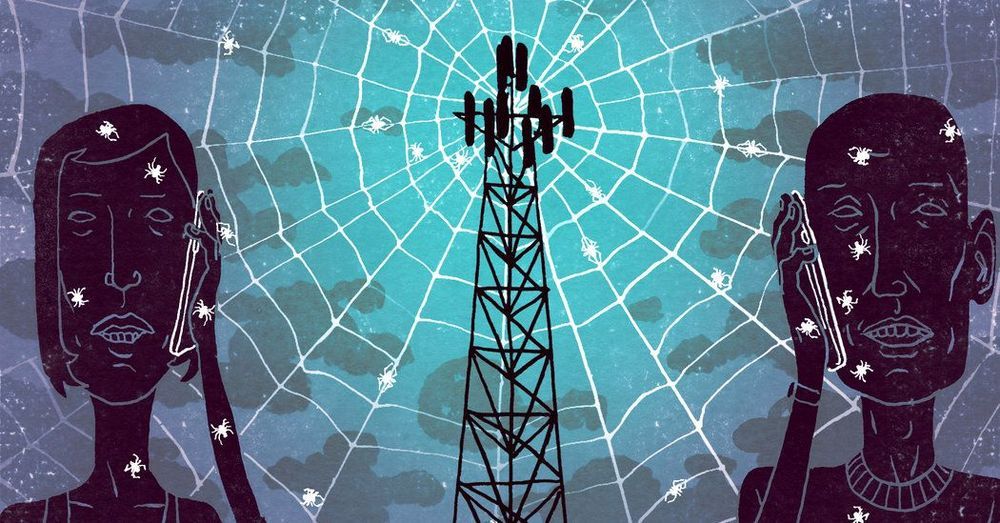A strong earthquake of 6.9 magnitude struck off the southern Philippine island of Mindanao on Saturday and small tsunami waves were possible along its coast as well as in parts of Indonesia and Palau, the Pacific Tsunami Warning Center said.
There were no reports of casualties or damage, from the earthquake, which the U.S. Geological Survey (USGS) said struck 193 km (120 miles) east of the Philippine city of General Santos, at a depth of 60 km (37 miles).
The Pacific Tsunami Warning Center initially said “hazardous tsunami waves” were possible within 300 km (186 miles) of the epicenter along the coasts of Indonesia and the Philippines.









